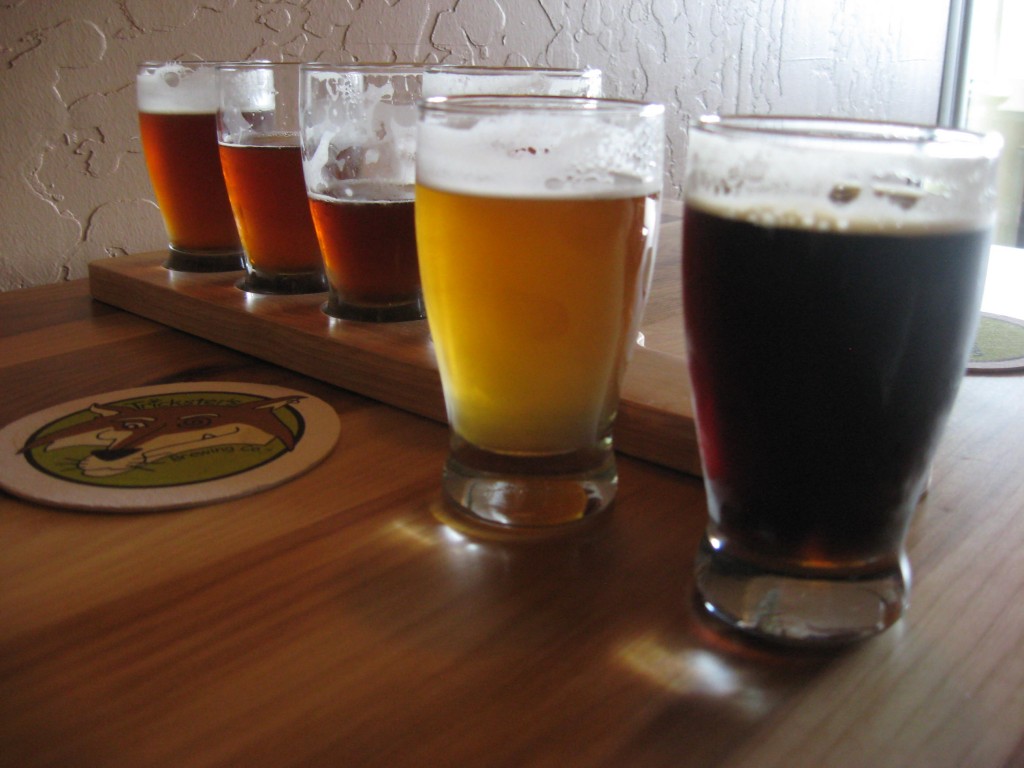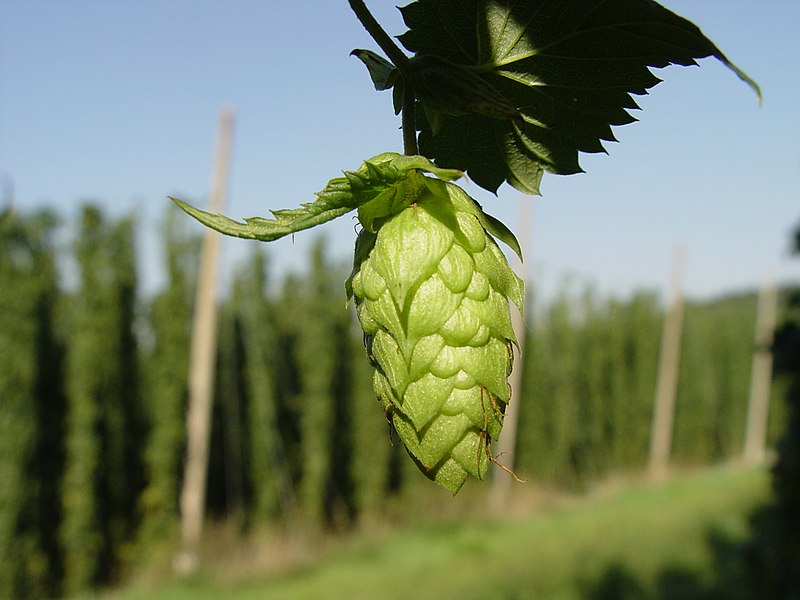
Manor house on the corner of Tottenham Court and Oxford, 1813
Written by “Mary” at girlmeetsfood.com
St. Giles Rookery in central London, was the name of a crowded slum area where entire families lived in small rooms. It inspired the neighborhoods in many Charles Dickens’ novels.
It was also a notorious refuge for thieves, prostitutes and criminals.
In this downtrodden section of London, at the corner of Tottenham Court Road and Oxford Street, stood the Horse Shoe Brewery, owned and operated by Meux’s Brewery Company.
In 1814, the Horse Shoe had several large vats of beer fermenting, the biggest one a 22-foot-tall tank holding over 135,000 gallons of beer, held together by 29 heavy iron hoops.
One sunny day, storehouse worker George Crick noticed a small crack in one of the hoops and let the vat builder Mr. Young know.
“It will be fine, George,†Mr. Young said. He explained that each hoop weighed 500 lbs., and there were 28 others to support it. (Mr. Young wouldn’t have said that if he knew what happened in The Boston Molassacre.)

The Meux Brewery eventually incorporated a horseshoe into its logo.
After weeks of straining under extreme pressure, the vat exploded on the evening of Monday, October 17, the sheer force of the liquid slamming into the surrounding vats.
Continue reading “When Food Fights Back: Don’t Beer the Reaper”











You must be logged in to post a comment.